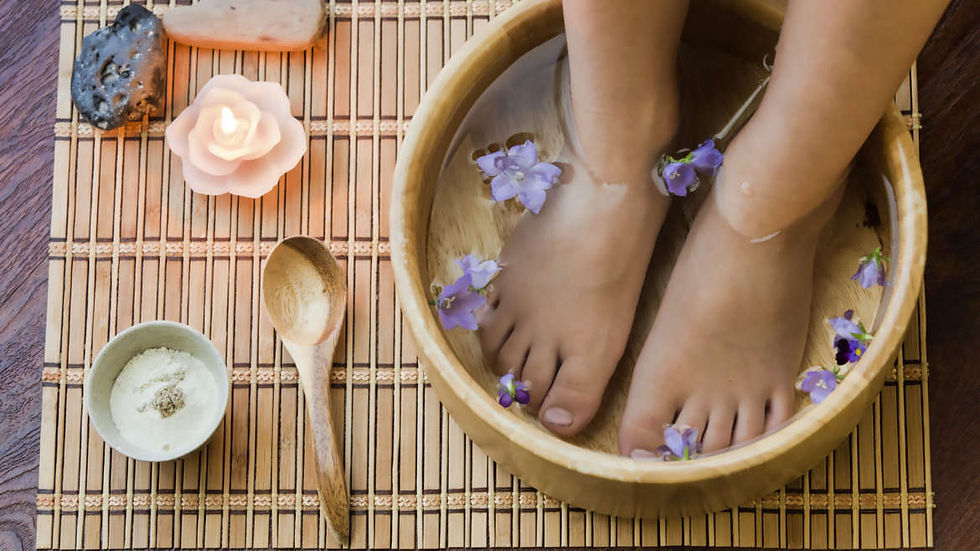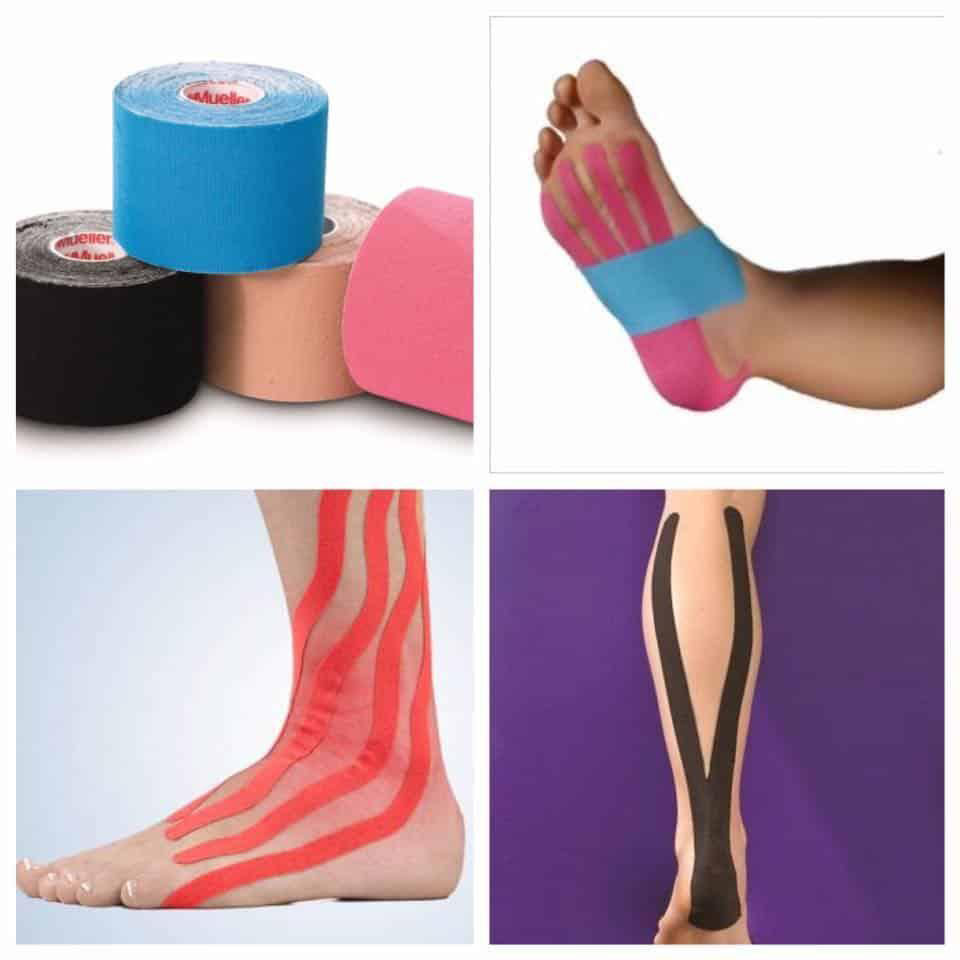September 28, 2024

As a foot nurse who has worked with countless seniors, I’ve seen firsthand how much healthy feet contribute to maintaining independence and overall quality of life. Our feet, which support us through decades of movement, are often taken for granted—until problems arise, especially in old age. For elderly individuals, issues like arthritis, poor circulation, and reduced mobility can lead to chronic foot pain or infections, significantly affecting their daily lives. When treating these conditions, it’s important to recognize that not all feet are the same, and no single treatment works for everyone. Whether through homeopathic remedies or traditional medical care, finding the right balance for each individual’s needs can make all the difference in promoting both comfort and healing.
The Benefits of Traditional Care

Traditional care focuses on medical interventions that have been proven through clinical studies and years of practice. This approach includes the use of prescribed medications, physical therapy, and sometimes surgical intervention for more severe conditions like bunions or hammertoes. For elderly individuals, traditional methods provide a structured and often quicker pathway to recovery. If a senior is suffering from an infection or severe inflammation, antibiotics or corticosteroids can offer fast relief.
Additionally, modern advancements in orthotics and custom footwear allow for more personalized treatment that directly addresses structural foot issues.
One major benefit of traditional care is the thorough medical evaluation that typically accompanies it, offering seniors an individualized treatment plan based on their medical history and diagnostic tools like X-rays or blood tests. This reduces the risk of overlooking more serious underlying conditions, such as diabetes-related neuropathy or peripheral artery disease.
The Appeal of Homeopathy

Homeopathy, on the other hand, appeals to those seeking natural and less invasive remedies. For elderly feet, this may include plant-based creams, essential oils, or herbal supplements to relieve minor aches and pains, reduce inflammation, or improve circulation. Practices like reflexology and natural foot soaks are also common in homeopathic care, promoting relaxation and overall wellness. For seniors who are particularly sensitive to strong medications, these gentler alternatives may offer symptom relief without the side effects of traditional treatments.
Cautionary Considerations
However, caution must be exercised with both approaches. While homeopathic treatments can complement traditional methods, they are not always a substitute for medical intervention, especially in severe cases. A homeopathic foot soak may soothe aching feet but will not cure an infection.
Similarly, not all traditional care options are suitable for every elderly person. Certain medications may cause adverse reactions or interact poorly with other treatments. Invasive procedures should always be a last resort, particularly for those with compromised health.
Both traditional and homeopathic care have their place in elderly foot care. An individualized approach that combines the strengths of both is often the best path forward.
Exploring Homeopathic Foot Care Options
For seniors seeking natural alternatives or complementary treatments, homeopathy offers a variety of approaches to soothe foot discomfort. If you're interested in exploring traditional care options, feel free to read my many posted articles on the subject available on my blog.
Here are some popular homeopathic treatments that focus on relaxation, circulation, and pain relief:
Acupuncture: A traditional Chinese medicine technique that involves inserting thin needles into specific points on the feet to relieve pain, improve circulation, and address issues like plantar fasciitis or arthritis.

Reflexology: A type of massage therapy where pressure is applied to specific areas of the feet that correspond to different organs and systems in the body, promoting relaxation, pain relief, and overall health.
Foot Soaks (Epsom Salt): Soaking feet in warm water mixed with Epsom salt helps relax muscles, reduce inflammation, and ease foot pain or discomfort after long periods of standing or walking.
Massage Therapy: Foot massage improves blood circulation, relieves tension, and stimulates reflex zones in the feet to promote overall health.
Shiatsu: A Japanese bodywork technique that involves applying pressure to the feet using fingers, palms, and thumbs, enhancing energy flow and relieving foot pain.
Tui Na (Chinese Foot Massage): A deep tissue massage focused on acupressure points, used to treat conditions like heel spurs, plantar fasciitis, and swollen feet.
Hot Stone Therapy: Heated stones are placed on specific points of the feet to relieve muscle tension, improve circulation, and promote relaxation.
Cupping Therapy: Suction cups are applied to the feet to stimulate blood flow and reduce muscle stiffness, often used for sore and aching feet.
Dry Needling: Similar to acupuncture, this method uses fine needles inserted into trigger points in the feet to release tension and treat muscle pain.
Hydrotherapy: Alternating between hot and cold water foot baths stimulates circulation, reduces inflammation, and soothes tired feet.

Thai Foot Massage: A traditional Thai technique that combines acupressure, stretching, and deep massage on specific points of the feet to improve circulation, reduce stress, and relieve tension in the legs and feet.
Cryotherapy (Cold Therapy): Applying cold packs or ice baths to the feet to reduce swelling, inflammation, and pain, particularly after injuries or long periods of physical activity.
Gua Sha: A traditional Chinese practice where a smooth-edged tool is scraped across the feet to increase blood flow, reduce inflammation, and ease muscle tension.
Aromatherapy Foot Massage: A therapeutic foot massage using essential oils like lavender or peppermint to soothe sore muscles, reduce swelling, and promote relaxation.
Kinesiology Taping: Special elastic tape is applied to the feet to support muscles, improve alignment, and reduce pain from conditions like flat feet, plantar fasciitis, or Achilles tendonitis.





Comments